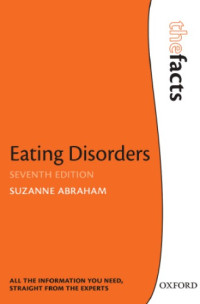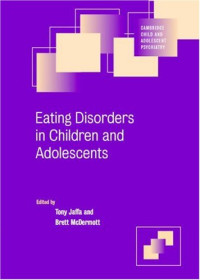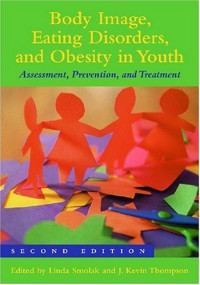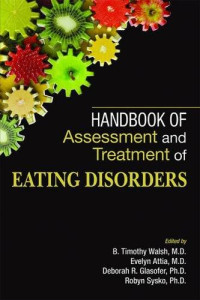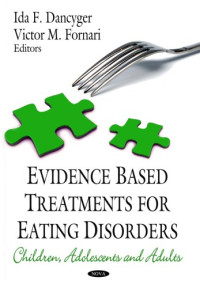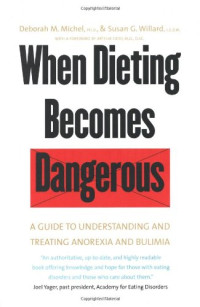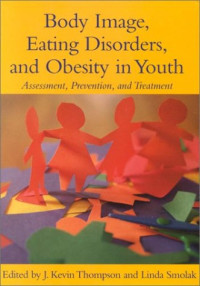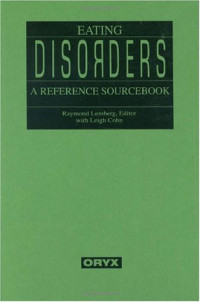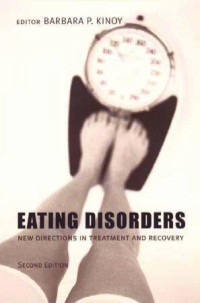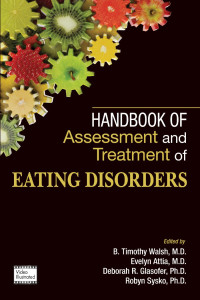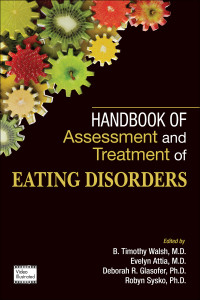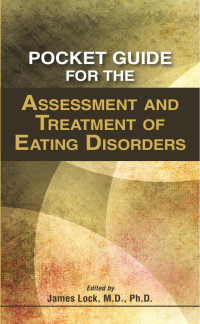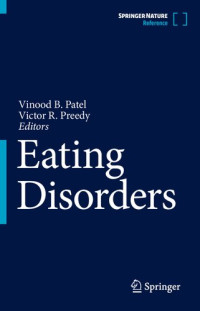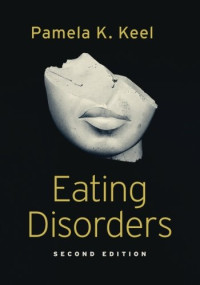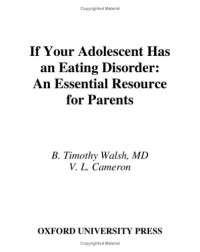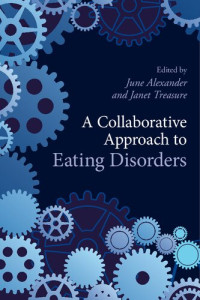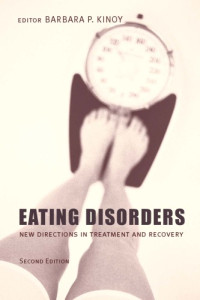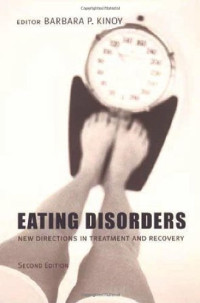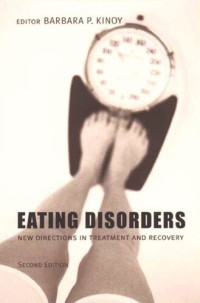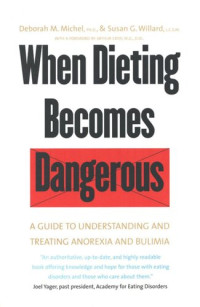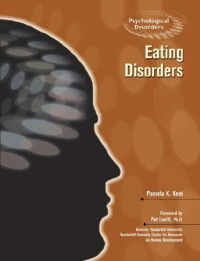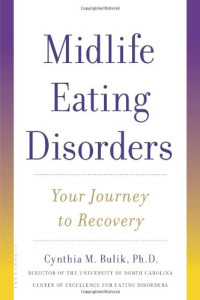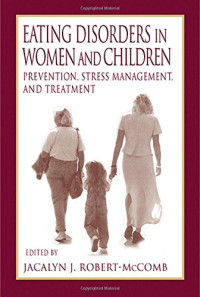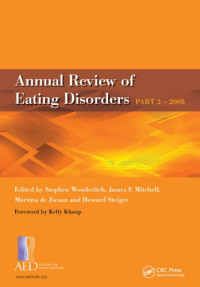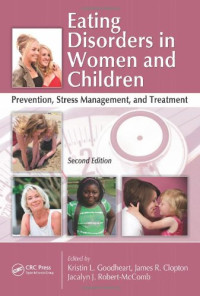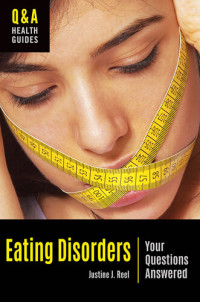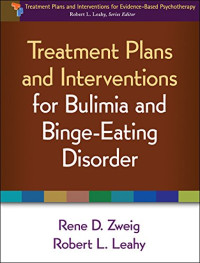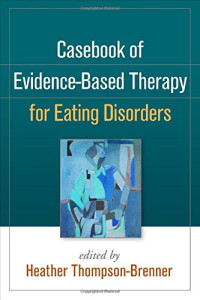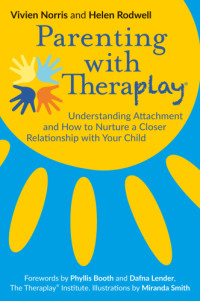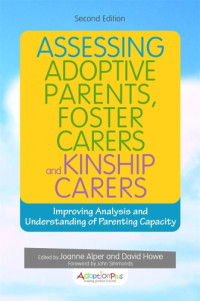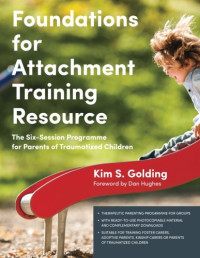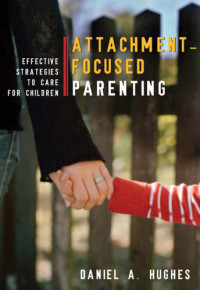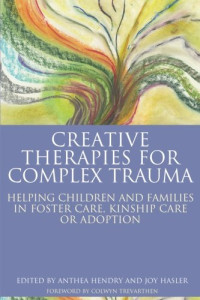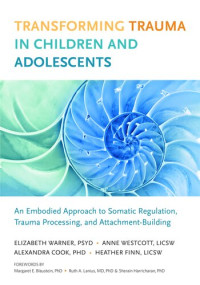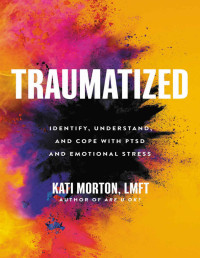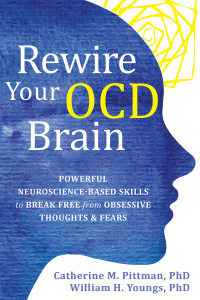
Eating disorders in women and children : prevention, stress management, and treatment
Kristin L Goodheart, James R Clopton, Jacalyn J Robert-McComb
"Foreword When I was a young woman being treated for an eating disorder, certain assumptions were made: if you had an eating disorder, you would be a white adolescent girl from a family with a controlling mother and an absent father. You would display a passive personality and low self-esteem. You would in all likelihood have signs of depression; whether you did or not, you would probably be treated for it. Your treatment team would see and treat you as childish and immature, and hold a variety of vague and often unfounded opinions about who you were, where you'd been, and what kind of chances of recovery you had. Those chances were considered, almost across the board, very low indeed. I was treated for eating disorders in the 1980s and 1990s. The medical and therapeutic understanding of the etiology, nature, and treatment of disordered eating and body image had not changed markedly since the early days of eating disorder research 20 years before. Likewise, the limited understanding of the demographics of eating disordered populations ensured that thousands would go undiagnosed and untreated. While the eating disordered population exploded, research and treatment providers held fast to their notions of what they were dealing with and how they should proceed. Their abysmal success rates bewildered them; they attributed these low rates of recovery to the intractable, probably incurable nature of the diseases. This second edition of Eating Disorders in Women and Children: Prevention, Stress Management, and Treatment is being released into a therapeutic community that has changed in many critical ways, and I believe the community will see further change as a result of the research done here"-- Read more... Content: An overview of eating disorders / Jacalyn J Robert McComb ... [et al.] -- The psychoogy of eating disorders / Kristin L. Goodheart ... [et al.] -- The physiology of bulimia nervosa / Jacalyn J. Robert-McComb and Brittany mcCullough -- Measures of eating disorder symptoms and body image disturbancee / Susan Kashubeck-West ... [et al.] -- The physiology of stress / Jacalyn J. Robert-McComb and Brett Owen Young -- The psychology of stress and coping / Stephen W. Cook ... [et al.] -- Family dynamics / Annette S. Kluck ... [et al.] -- Body image / Susan Kashubeck-West ... [et al.] -- Sexuality and eating disorders / Annette S. Kluck ... [et al.] -- Factors associated with eating disorders in children / John L. Rohwer -- An ecological approach to the prevention of eating disorders in children and adolescents / Marilyn Massey-Stokes ... [et al.] -- Behavior modification / Anna M. Tacon -- Social-emotional learning, interpersonal skills, and resilience / Marilyn Massey-Stokes and Sean B. Stokes -- Exercise guidelines: specific recommendations for women and children with eating disorders / Jacalyn J. Robert McComb and Vanessa Bayer -- Nutritional evaluation and treatment of eating disorders / Ann A. Thompson and Amanda J. Danielson -- Nutrition needs for special populations with eating disorders / Stephanie Rushing -- Cognitive behavioral approaches for treating disorders / Marcia M. Abbott and Kristin L. Goodheart -- Interpersonal approaches for treating eating disorders / Kristin L. Goodheart ... [et al.] -- Constructivist and narrative approaches for treating eating disorders / Kristin L. Goodheart and Stephanie L. Harter -- Pharmaceutical approaches for treating eating disorders / Marta L. Hoes and Brigitte Curtis. Abstract: "Foreword When I was a young woman being treated for an eating disorder, certain assumptions were made: if you had an eating disorder, you would be a white adolescent girl from a family with a controlling mother and an absent father. You would display a passive personality and low self-esteem. You would in all likelihood have signs of depression; whether you did or not, you would probably be treated for it. Your treatment team would see and treat you as childish and immature, and hold a variety of vague and often unfounded opinions about who you were, where you'd been, and what kind of chances of recovery you had. Those chances were considered, almost across the board, very low indeed. I was treated for eating disorders in the 1980s and 1990s. The medical and therapeutic understanding of the etiology, nature, and treatment of disordered eating and body image had not changed markedly since the early days of eating disorder research 20 years before. Likewise, the limited understanding of the demographics of eating disordered populations ensured that thousands would go undiagnosed and untreated. While the eating disordered population exploded, research and treatment providers held fast to their notions of what they were dealing with and how they should proceed. Their abysmal success rates bewildered them; they attributed these low rates of recovery to the intractable, probably incurable nature of the diseases. This second edition of Eating Disorders in Women and Children: Prevention, Stress Management, and Treatment is being released into a therapeutic community that has changed in many critical ways, and I believe the community will see further change as a result of the research done here"
Κατηγορίες:
Έτος:
2012
Έκδοση:
2nd ed
Εκδότης:
CRC Press
Γλώσσα:
english
Σελίδες:
437
ISBN 10:
1439824819
ISBN 13:
9781439824818
Αρχείο:
PDF, 9.46 MB
IPFS:
,
english, 2012
 Amazon
Amazon  Barnes & Noble
Barnes & Noble  Bookshop.org
Bookshop.org  Μετατροπή αρχείων
Μετατροπή αρχείων Περισσότερα αποτελέσματα αναζήτησης
Περισσότερα αποτελέσματα αναζήτησης Λοιπά πλεονεκτήματα
Λοιπά πλεονεκτήματα 
